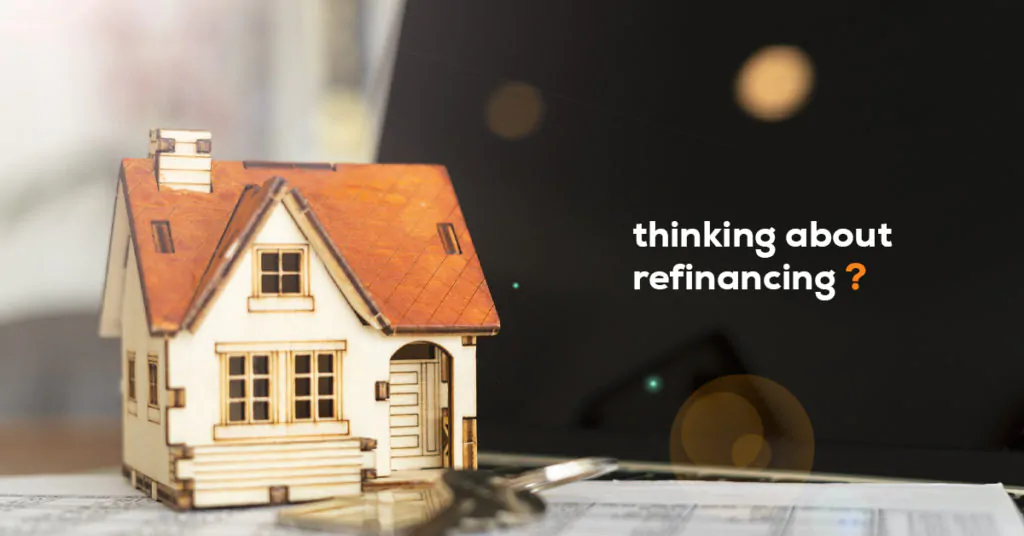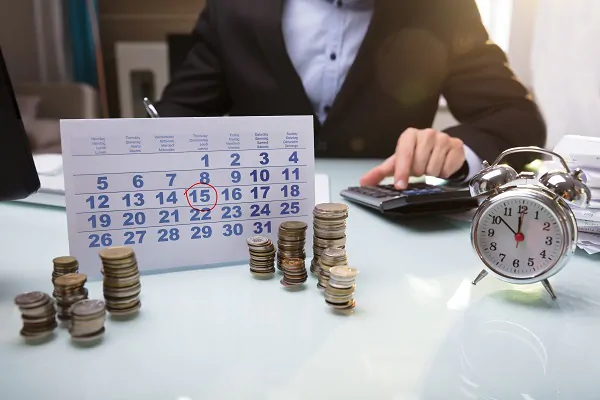How High Will the Fed Raise Interest Rates?

This is a burning question on the lips of many hard-working households at present. With the US Federal Reserve doubling down on its efforts to stamp out inflation in the American economy, interest rates are continuing to rise.
On September 21, the Federal Reserve opted to increase rates by another 75 basis points – that’s 0.75% in percentage terms. Jerome Powell, the chairman of the Board of Governors at the Federal Reserve System, remains extremely hawkish about America’s monetary policy, insisting it will not pivot from its current approach until inflation returns to acceptable levels.
Economists predict that the US interest rate will be 4.25-4.50% by the end of this year. This means a 0.75% hike is likely in November, followed by a further 0.50% rise in December. By the middle of next year, the financial markets anticipate that rates could peak at 4.75-5.00% – the highest American consumers will have seen since 2007. A recent Bankrate survey suggested that the likelihood of America entering a technical recession by the end of next year had risen to 52%.
The Fed’s hawkish stance towards monetary tightening has had one positive impact. It has strengthened the US dollar immeasurably against many other major fiat currencies worldwide. The British pound has fallen to an all-time low against the dollar, while the Japanese yen has also suffered an annual decline against the greenback not seen since 1970.
Interest rates are a major factor when it comes to the fundamental analysis of forex traders. However, there are several technical indicators that forex traders use to gauge market trends too across all major forex pairs involving the dollar. Even everyday people can utilize trading software to predict the market direction of financial instruments like foreign currency, stocks, and even precious commodities. In fact, retail traders and consumers can monitor forex markets on the go with MT5, with trading apps built for Android and iOS smartphone and tablet devices.
How higher interest rates are likely to affect you most
Source: Unsplash
- Credit card interest begins to grow
Each time the Fed hikes interest rates, debt on credit cards becomes increasingly expensive. Interest rates on unsecured credit like credit cards are aligned with the Fed’s funds rate. Although most credit card lenders will charge a premium on top of the fund’s rate as their margin for choosing to lend to you – it could be even higher if you’re perceived as a risky borrower.
- Mortgage rates skyrocket
This is the “big daddy” when it comes to rising interest rates. Households across the US are having to come to terms with soaring mortgage rates, with average 30-year fixed rates weighing in at a 14-year high of 6.02% in recent days. This is likely to have significant repercussions for the housing market, with a potential for declining property values and worsening conditions for first-time buyers as affordability parameters tighten.
Improved returns on savings accounts
The one positive to come out of increased interest rates is an eventual improvement on rates for savings accounts. Banks are steadily increasing the annual percentage yield on savings accounts, which is one of the ways the Fed looks to tackle inflation by making it more attractive for consumers to save rather than spend.





